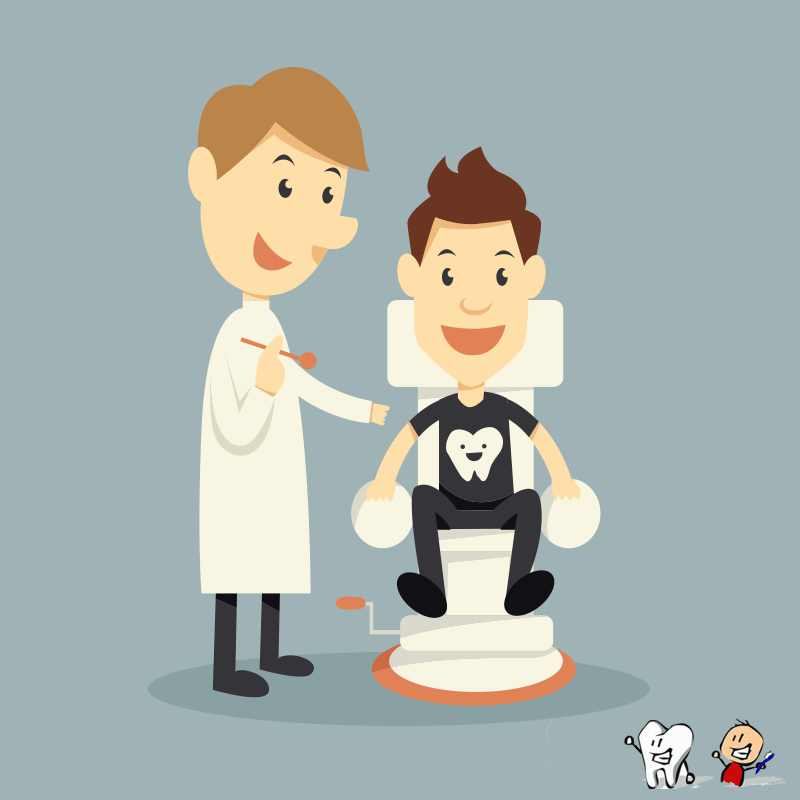Sometimes it seems as though children’s heads are magnets – baseballs, a little brother’s foot – it’s no surprise so many activities require helmets. Unfortunately, tooth injuries can be a common part of growing up. According to www.uptodate.com, nearly 50% of kids will injure a tooth during childhood. Below are three common tooth injuries and how best to respond.
Where’s My Tooth?!
What should you do when a tooth is knocked out? The answer depends on whether the injury was to a baby tooth or a permanent tooth. If it was a baby tooth, the dentist will probably not want to “replant” the tooth, but contact your kid’s dentist as soon as possible to make sure the rest of your child’s mouth is uninjured. If it was a permanent tooth, act quickly to save the tooth and reduce the risk for future complications. The American Academy of Pediatric Dentistry suggests you rinse the tooth in cool water (no soap, and no scrubbing) and replace it in the socket immediately, holding it in place with clean gauze or a washcloth. If you cannot put the tooth back, place it in a clean container with cold milk, saliva, or Hank’s balanced salt solution, and see your dentist as soon as possible.
Chipped / Fractured Tooth
If your child chips or fractures a tooth, rinse the mouth with water, and apply a cool compress to reduce swelling. If you have the tooth fragment, place it in cold milk or water. Contact your kid’s dentist, and remember to bring the saved fragment with you to the appointment.
Ouch, My Tooth!
We don’t like to see kids in pain, and most of us know how painful a toothache can be. If your child is complaining about mouth or tooth pain, promptly contact the dentist. Tooth pain can indicate a number of problems, all of which should be diagnosed and treated by the dentist. If you cannot see the dentist right away, relieve some of the pain using children’s aspirin, Children’s Tylenol, or Children’s Motrin and a cold compress – never apply heat, put aspirin directly on the tooth, or use Orajel.
Remember, regular checkups and protection during activities can help keep your kids healthy and pain-free. Visit http://www.playtimedental.com for more information.






